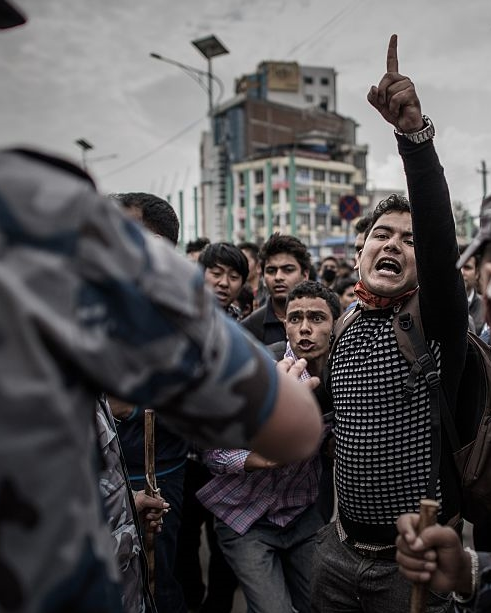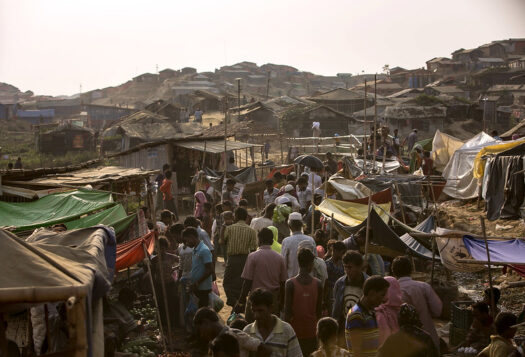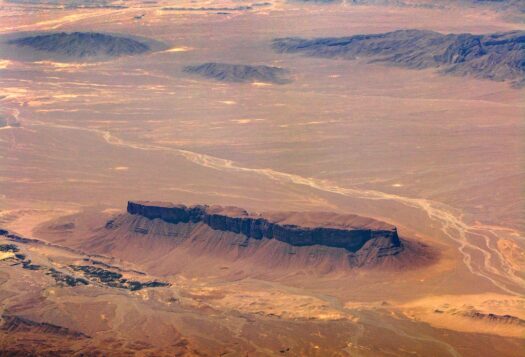
Nepal has been confronted with another humanitarian conflict after two catastrophic earthquakes. It is facing an acute shortage of fuel, cooking gas, and medicines among other necessities. India’s unofficial three-month long blockade in Nepal has crippled the country’s economy. The Government of Nepal blames India. However, India denies any responsibility in the blockade. Nepal, a landlocked country, shares an open border with India from three sides. Thus, its outreach to the rest of the world is determined through India. Many Nepalis work across the border to earn a decent living, and many have even gotten married across the border. India is Nepal’s largest trading partner. India in many instances has acted as a good neighbor and has extended trade concessions to Nepal. Nepal retrieves all of its essential commodities from and through India. But with the blockade, India is at the risk of losing Nepal to China. During the blockade, China supplied 4 tankers of fuel to Nepal and in a way; India lost a monopoly on its supply of goods to Nepal. If the plight continues, it will be very difficult to revive India-Nepal relations.
The blockade is the result of protests by the Madhesis who demand equal representation in Nepal’s new Constitution. The Nepal Constitution does not equally represent the Madhesi and Tharu communities, who make up forty percent of the total population. They are against the discriminated federal structure adopted in the Constitution by the Nepali government. The Indian government is taking appropriate steps to resolve the Madhesis’ demands as early as possible. Recently, Indian External Affairs Minister, Sushma Swaraj met top Madhesi leaders and expressed theneed for”broad based ownership of the Constitution and encouraged a speedy political solution and return to normalcy on that basis.” In my view, India should maintain restraint from interfering in Nepal’s internal affairs, while considering the sovereignty of its neighbor.
The following are arguments of the Government of Nepal, of the Madhesi minority group, as well as India’s stance on the issue to provide a clearer picture of the problem.
Government of Nepal: Clearly, the Nepali government wants India to stay away from their internal affairs. Nepal has recently acquired a democratic framework and wants to resolve internal issues on its own. It believes that India’s support to the Madhesis is working against the entire Nepali population and has turned the majority of the Nepali population against India, as it believes that the blockade is because of India. Nepal feels that India should stop acting as a “big brother” and instead let Nepal arbitrate with the Madhesis.
Madhesis in Nepal: The Madhesh-based political party Samyukta Loktantrik Madheshi Morcha is at the forefront of the protest because of the discriminatory policy framework adopted by the Nepali Constitution. They protest on three particular issues that they believe should be addressed immediately: proportional representation, allocation of seats on the basis of population, and identity-based federalism. While the first two issues have attained reasonable attention by the Nepali government, the problem that remains untouched by Nepal is addressing identity-based federalism. Madhesis, who have been historically marginalized, feel polarized and demand equal representation. They urge for demarcation of state boundaries. Because they are mostly ethnic Indians, it is surmised that the Indian government is supporting the Madhesis by implementing a blockade.
Government of India: The Indian government initially was not happy with Nepal’s Constitution and suggested a few changes that were never accepted. Since then, the government has maintained not to influence or interfere in Nepal’s internal affairs. The Indian government upholds that the blockade is a result of the protests, and the Nepali government should resolve the dispute expeditiously with unanimity. India however denies using a “big brother approach” when dealing with Nepal.
Internal impediment in Nepal can be resolved only if there is consensual political dialogue among leaders. Each country is busy blaming the other. Nepal uses its nationalist approach to segregate the Madhesi population from the rest of the population. India is anxious about China’s closeness with Nepal and fears losing a very important neighbor. The question that remains is whether relations between Nepal and India will get any better? Or, will Nepal approach China and ignore India? Based on very recent developments, the India-Nepal relationship looks optimistic, as the Nepali government has decided to address the demands of the Madhesis and review the Nepali Constitution. As such, there still remains hope in revitalizing the critical partnership between Nepal and India.
***
Image: Philippe Lopez-AFP, Getty


